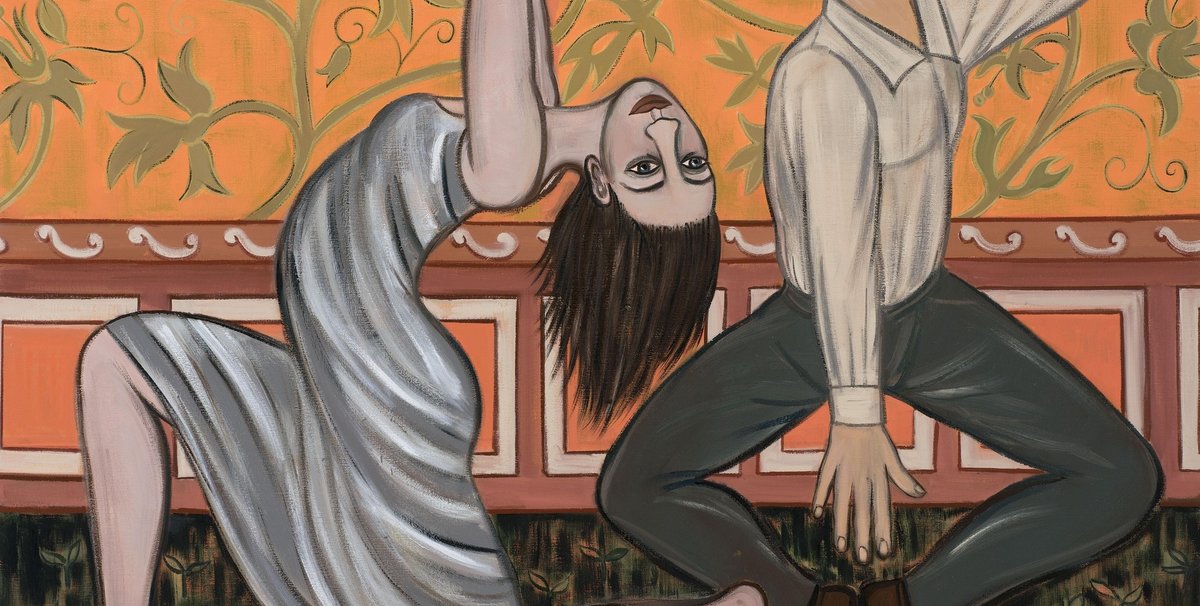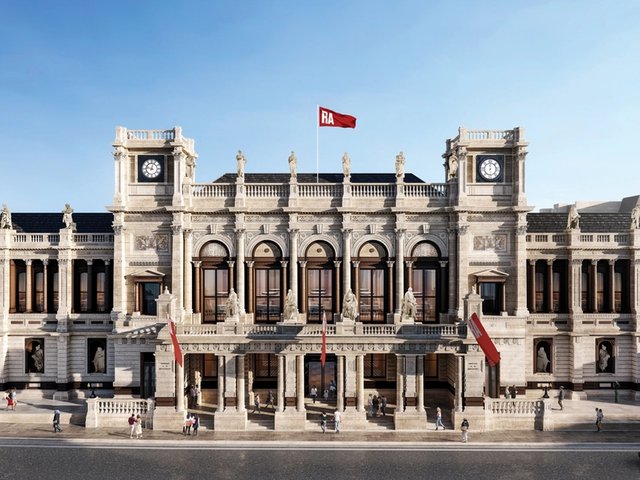The painter and Royal Academician, Eileen Cooper, has perhaps been the busiest artist in London this spring. The Keeper of the Royal Academy Schools, the first woman to fill that role, also co-ordinated the eight-strong hanging committee of the Summer Exhibition at the Royal Academy of Arts, which opens to the public on 13 June (until 20 August) and features around 1,000 works of art selected from the thousands submitted by professional and amateur artists as well as drawings by leading architects, including Jean Nouvel and Frank Gehry.
Cooper has juggled being Keeper, chief hanger, and artist with a solo show of her painting and sculpture that opened at Wolfson College, Cambridge, last month (until 24 September). Called a Woman’s Skin, it is open at weekends and by appointment to the public. But come September, Cooper will be able to spend more time in her studio in south London. At the press view of the Summer Exhibition, she revealed that she is stepping down as Keeper. After a decade in the job, she hands over in September to Rebecca Salter, a fellow RA and member of this (and next year’s) hanging committee. “Artists are used to multitasking,” Salter told us, with typical RA understatement. Although elected an academician only three years ago, Salter has been a busy Royal Academician as a member of its audit committee. One of the perks of the post is a private studio in the institution’s building in Piccadilly.
As well as the challenging task of hanging each room with works selected from the thousands submitted digitally, Cooper and the committee faced the added challenge of doing so ahead of the academy’s big, year-long celebration in 2018 of the institution’s 250th anniversary.
Highlights of the 2017 Summer Exhibition include Isaac Julien’s five-screen video work Western Union: Small Boats, which references Visconti’s film The Leopard and the plight of refugees crossing the Mediterranean from Africa via Sicily. It was chosen by the judges of the Wollaston Award for its £25,000 prize. Royal Academician and hanging committee member Yinka Shonibare’s Wind Sculpture VI welcomes visitors in the Annenberg Courtyard at the front of the institution. Meanwhile, two large canvases by guest artist Lynette Yiadom-Boakye hang on the grand staircase. Also breaking with tradition is the inclusion of new work by Gilbert & George, the first artistic duo to be elected RAs.
In the Large Weston Room, the architect and RA Farshid Moussavi has taken the radical decision to only show one model and one photograph in the architecture gallery, which is filled with drawings and paintings of buildings, ranging from blueprints, plans and paintings. Jean Nouvel has contributed the great dome of the Louvre Abu Dhabi, which is nearing completion, while Frank Gehry has submitted detailed drawings of the still unbuilt Guggenheim Abu Dhabi. “Architecture is an instruction-based art,” Moussavi explained, adding that while legally and morally responsible for the completed structure, architects are never entirely in control of the building they design.
Tim Marlow, the Royal Academy’s artistic director, praised Cooper and the committee as well as his colleagues for organising the exhibition while much of the academy is a building site during the modernisation, and linking of its Burlington complex by architect and RA, David Chipperfield. The project is due to be completed to mark the 250th anniversary.
Proceeds from sales of work that make the grade of the world’s most prestigious and largest open submission exhibition go towards supporting the institution’s Schools. “It is easy to hang a white cube,” Salter said, reflecting on the great, annual task of installing works salon-style so that each looks the best it can.




